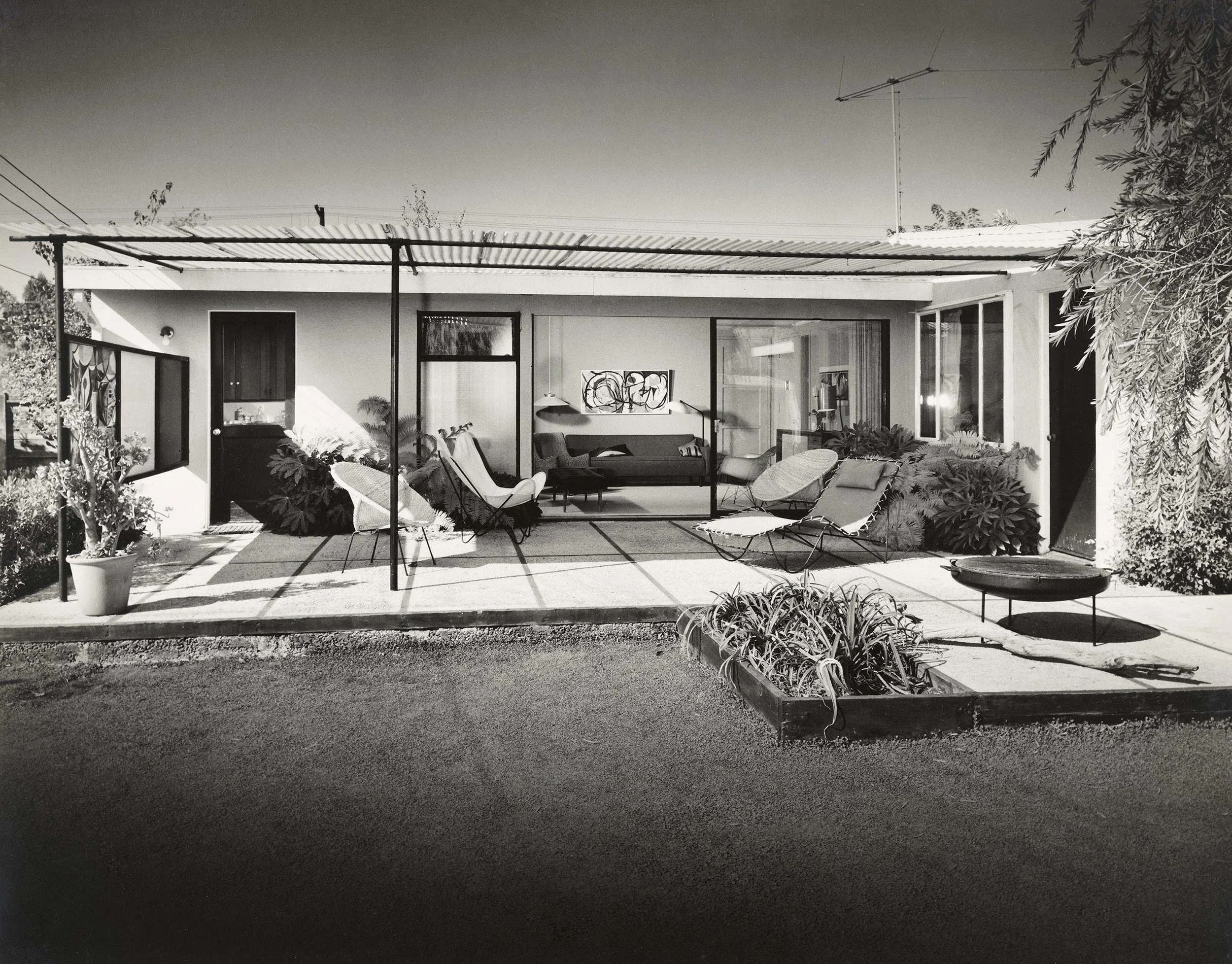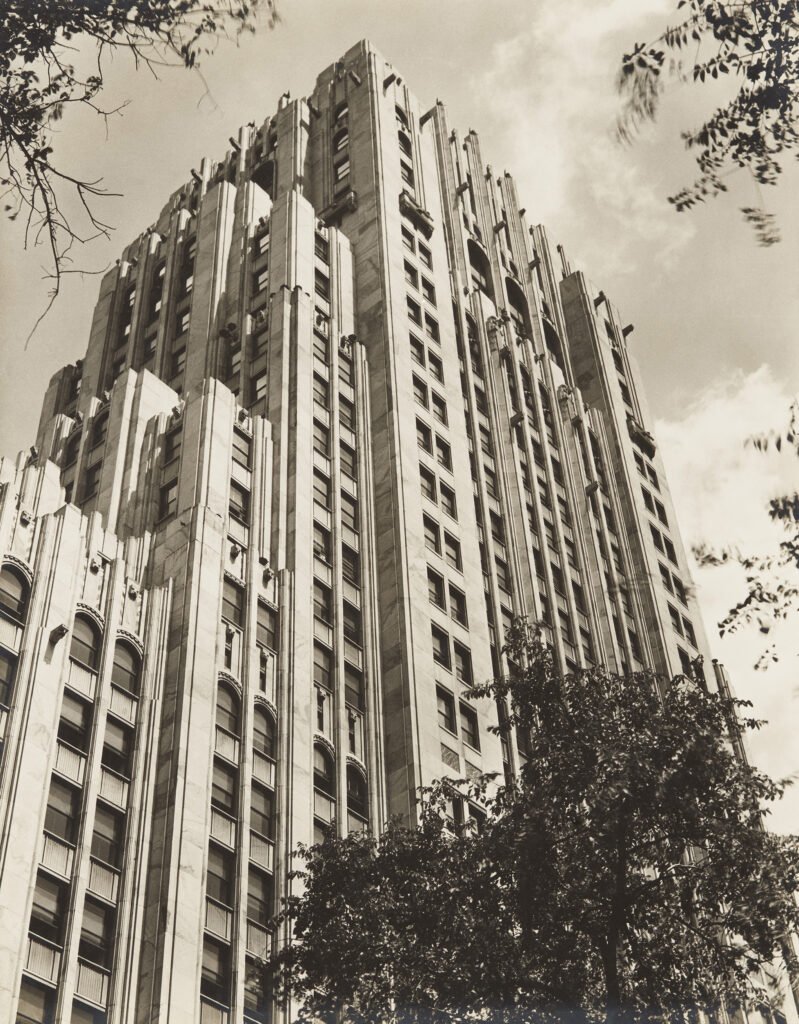
Memories - Olaf Schlote | Focke Museum | Bremen
Focke Museum | Bremen
12. November 2022 - 2. Juli 2023
Memories
Olaf Scholte
Memories, No. 9, 2005 | © Olaf Scholte
Für sein Projekt „Memories“ ist Olaf Schlote an die Erinnerungsorte des nationalsozialistischen Terrorregimes gefahren und hat im Anschluss Überlebende in Israel porträtiert und sich mit ihren Lebensräumen in Israel auseinandergesetzt.
Die Ausstellung im Focke-Museum umfasst mehr als 60 Werke. Neben den Bildern aus den ehemaligen Konzentrationslagern Majdanek, Auschwitz und Stutthof sind elf Portraits von Überlebenden zu sehen, die Olaf Schlote in deren Heimat Israel getroffen hat.
Olaf Schlote wurde 1961 in Bremen geboren. Er ist freischaffender Fotokünstler. In seinen Arbeiten geht er den essenziellen Lebensthemen nach, den Fragen zwischen Leben und Tod. Seine Werke wurden in Deutschland und Europa ausgestellt und in vielen Publikationen veröffentlicht. Olaf Schlote erhielt 1997 den Umweltpreis der Freien Hansestadt Bremen und ist seit 2021 Träger des Bundesverdienstkreuzes der Bundesrepublik Deutschland.
Die Ausstellung „Memories“ sollte im Mai 2020 in Bremens Partnerstadt Haifa erstmals gezeigt werden. Der Katalog war schon gedruckt, als die Corona-Pandemie die Vollendung des Projekts vereitelte. Die Ausstellung wird damit erstmals im Bremer Landesmuseum gezeigt, bevor sie im Hecht Museum in Haifa zu sehen sein wird.
Pour son projet "Memories", Olaf Schlote s'est rendu sur les lieux de mémoire du régime de terreur national-socialiste et a ensuite fait le portrait de survivants en Israël et s'est intéressé à leurs espaces de vie en Israël.
L'exposition au Focke-Museum comprend plus de 60 œuvres. Outre les visuels des anciens camps de concentration de Majdanek, Auschwitz et Stutthof, on peut y voir onze portraits de survivants qu'Olaf Schlote a rencontrés dans leur pays d'origine, Israël.
Olaf Schlote est né en 1961 à Brême. Il est artiste photographe indépendant. Dans ses travaux, il explore les thèmes essentiels de la vie, les questions entre la vie et la mort. Ses œuvres ont été exposées en Allemagne et en Europe et ont fait l'objet de nombreuses publications. Olaf Schlote a reçu le prix de l'environnement de la ville libre hanséatique de Brême en 1997 et est titulaire de la Croix fédérale du mérite de la République fédérale d'Allemagne depuis 2021.
L'exposition "Memories" devait être présentée pour la première fois en mai 2020 à Haïfa, la ville jumelée de Brême. Le catalogue était déjà imprimé lorsque la pandémie de Corona a fait échouer l'achèvement du projet. L'exposition sera ainsi présentée pour la première fois au musée régional de Brême, avant d'être présentée au musée Hecht de Haïfa.
Per il suo progetto "Memories", Olaf Schlote ha viaggiato nei luoghi della memoria del regime di terrore nazionalsocialista e successivamente ha ritratto i sopravvissuti in Israele e ha esaminato i loro spazi di vita in Israele.
La mostra al Museo Focke comprende più di 60 opere. Oltre alle immagini degli ex campi di concentramento di Majdanek, Auschwitz e Stutthof, sono presenti undici ritratti di sopravvissuti che Olaf Schlote ha incontrato nel loro Paese d'origine, Israele.
Olaf Schlote è nato a Brema nel 1961. È un artista fotografico freelance. Nel suo lavoro esplora i temi essenziali della vita, le domande tra la vita e la morte. Le sue opere sono state esposte in Germania e in Europa e pubblicate in numerose pubblicazioni. Olaf Schlote ha ricevuto il Premio Ambientale della Libera Città Anseatica di Brema nel 1997 e dal 2021 è stato insignito della Croce Federale al Merito della Repubblica Federale di Germania.
La mostra "Memories" sarà esposta per la prima volta nella città gemella di Brema, Haifa, nel maggio 2020. Il catalogo era già stato stampato quando la pandemia di Corona ha impedito il completamento del progetto. Questa sarà la prima volta che la mostra sarà esposta nel Landesmuseum di Brema prima di essere esposta al Museo Hecht di Haifa.
For his project "Memories" Olaf Schlote traveled to the places of remembrance of the National Socialist terror regime and subsequently portrayed survivors in Israel and dealt with their living spaces in Israel.
The exhibition at the Focke Museum includes more than 60 works. In addition to the pictures from the former concentration camps Majdanek, Auschwitz and Stutthof, eleven portraits of survivors can be seen, whom Olaf Schlote met in their home country Israel.
Olaf Schlote was born in Bremen in 1961. He is a freelance photo artist. In his work he explores the essential themes of life, the questions between life and death. His works have been exhibited in Germany and Europe and published in many publications. Olaf Schlote received the Environmental Award of the Free Hanseatic City of Bremen in 1997 and has been a bearer of the Federal Cross of Merit of the Federal Republic of Germany since 2021.
The exhibition "Memories" was to be shown for the first time in May 2020 in Bremen's twin city Haifa. The catalog had already been printed when the Corona pandemic thwarted the completion of the project. The exhibition will thus be shown for the first time in Bremen's Landesmuseum before being displayed at the Hecht Museum in Haifa.
(Text: Focke Museum, Bremen)



